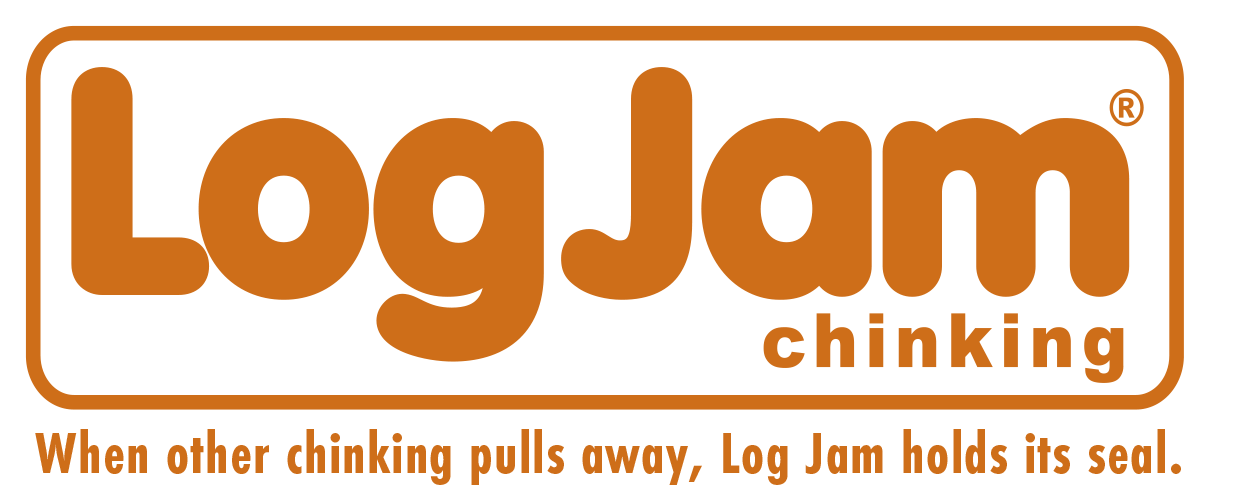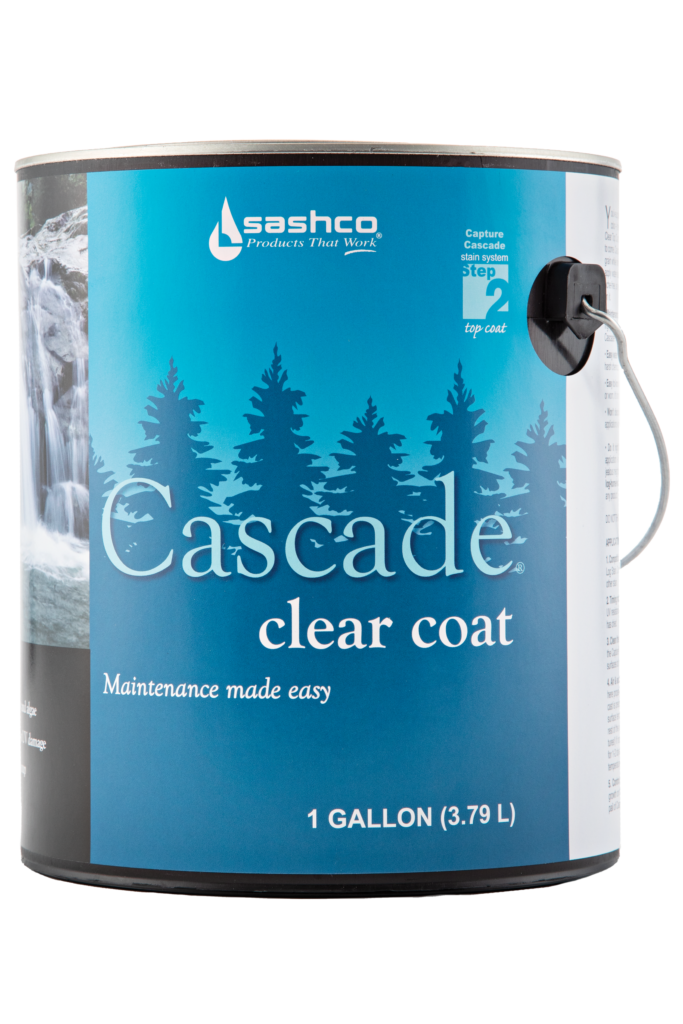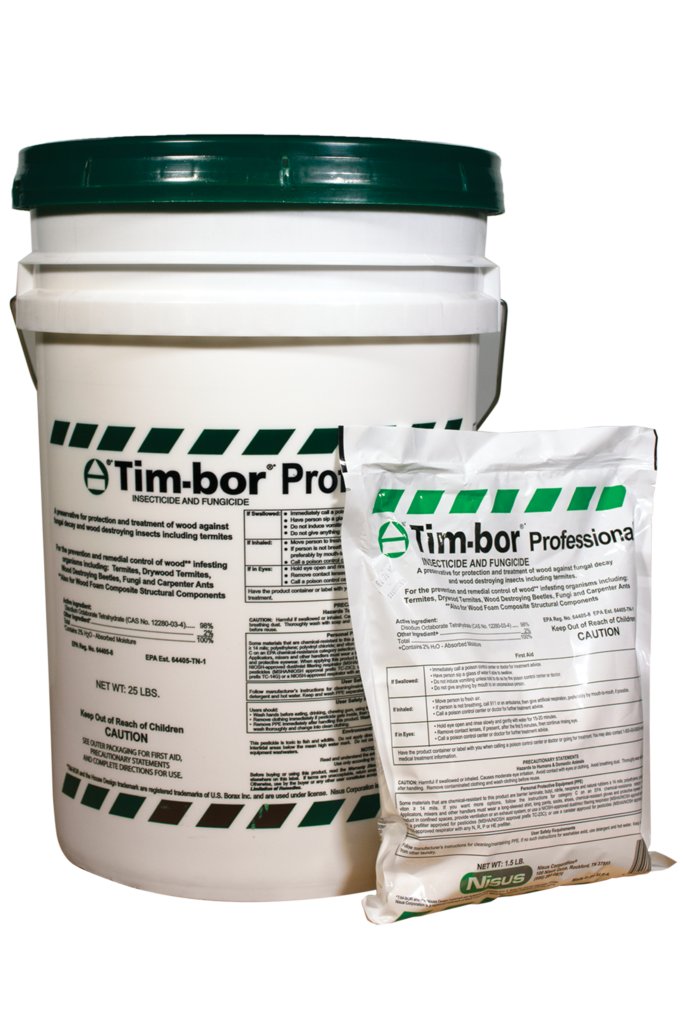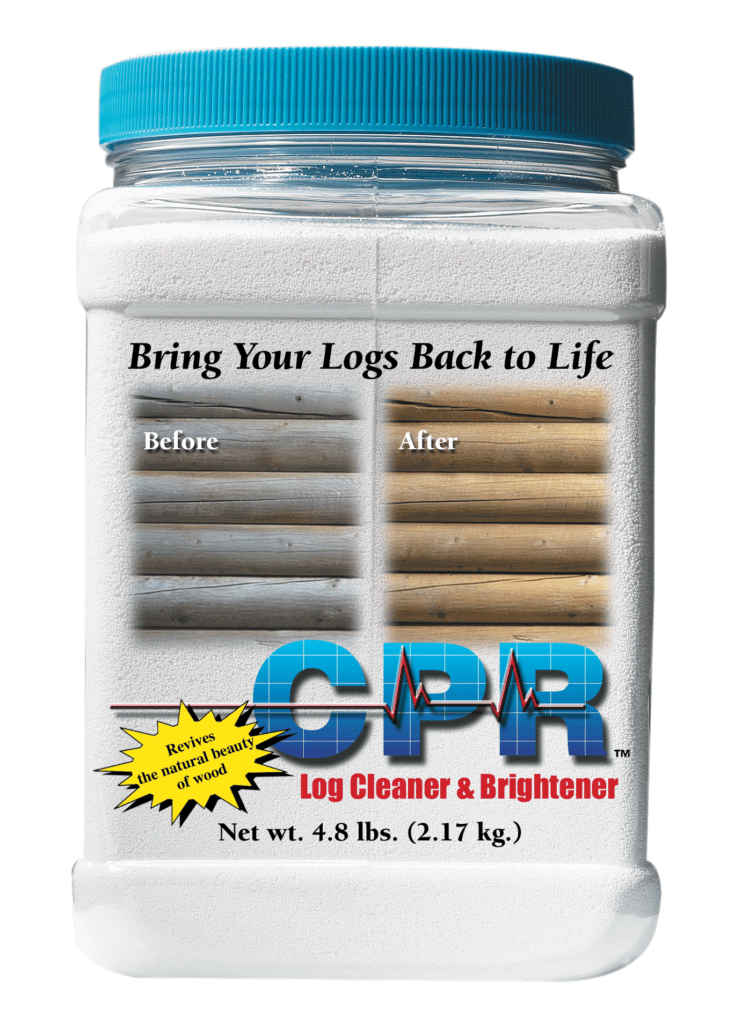Why Your Company Needs a Vision Statement and How to Begin.
A company vision statement is an important part of any business plan. Do you have one? If not, today’s the perfect time to get started. Grab a pen, paper, and maybe a pair of Mickey Mouse ears for inspiration. You’re about to create a marriage between the dream you have for your company with a quantifiable plan for your business’ future.
Vision statements are generally written with a long-term perspective in mind. Before determining what your vision statement is, you need to understand what it is not. Your vision statement should not be confused with your mission statement. Mission statements tend to focus on the present and convey a sense of why the business exists, both for employees and your external audience.
Vision statements, on the other hand, are future-based and meant to inspire and give direction to employees. Vision statements are not as much for your external audience as they are for the people intimately involved in the operations of your business.
Why having vision statement matters.
Paige Arnof-Fenn, founder and CEO of Mavens & Moguls, a global strategic marketing consulting firm, explains that, “The vision is about your goals for the future and how you will get there, whereas the mission is about where you are now and why you exist. The vision should motivate the team to make a difference and be part of something bigger than themselves.”
Although both mission and vision statements are important elements of any successful business, a vision statement should serve as your company’s “North Star”; it’s your guiding light.
Creating a good vision statement takes creativity and the investment of time, but it’s an investment that pays high dividends. Absolutely worth it, creating a vision statement is easier than you may think. These four easy steps will help get you started and on your way to creating a good, solid, sustainable vision statement for your business.
Step One: Clearly Define What You Do
Be exceptionally clear about what your business actually does. Be careful not to be too internally focused. Focus on the ultimate result that you want to define your business. For example, Starbucks makes coffee, but the ultimate result of what they aim to do is serve the coffee to consumers who enjoy it and keep coming back. How can you take what your company does and use it to make a difference in the world? What do people need but don’t have or get? How can you be the answer? These are good questions to ask yourself as you begin.
Step Two: Be Unique!
Find something that sets your company apart from everyone else. What’s something unique that your company can be or offer that no one else can? Ask yourself, “Why will customers enjoy working with us more than x, y and z company?” The process of determining this is called identifying your unique selling position. Once you find it, let it shine through and drive your vision statement.
Step Three: Quantify it!
Ironically, the problem with many vision statements is that they are too visionary. At this stage you want your vision statement to be very quantifiable. In other words, it should clearly describe who you want your business to be or what you want to achieve through it in specific, measurable ways. It should reflect what you do, your core values, and who you want to impact.
Step Four: Make it Real.
It’s time to write out your specific vision statement. When you do, be sure to use real-life, relatable terms and wording. Your vision statement should feel natural when you say it, like conversation. You’re not doing all this work to come up with some stuffy phrase you’ll never use. This statement should become part of your everyday business and help drive your decision making.
Plan Now to Attend Zero Failures Business Focus
When’s the last time you got to “talk shop” with other log home finishing contractors, spend time working on your business instead of in it, and gain some clarity about your business’s future? We invite you to attend Zero Failures Business Focus class. We’ll discuss the hows and whys of the boring stuff (like mission and vision statements), as well as the more exciting things, like setting your company up to allow you to retire. By the end of our two days together, expect to be motivated to go back, make improvements to your day-to-day operations and better understand the future of your business. Sign up today!





























